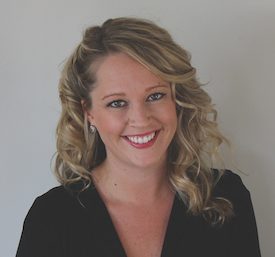America’s affordability problem continues to plague the housing market as wages aren’t keeping pace with rising home prices.
The situation has given rise to an increase in multigenerational living, with Pew Research data revealing that the number of Americans living with family members of another generation has risen sharply since the Great Recession, climbing to a record-breaking 64 million in 2016, representing 20% of the U.S. population.
To solve space concerns, some homeowners are building accessory dwelling units, or ADUs, for extended family members, whether it be to accommodate their adult children or their aging parents.
While some state and local zoning laws make the permits for ADUs challenging, some areas have taken steps to make approval easier. For example, in California, where ADUs are most popular, a trio of laws passed in 2017 to make ADU development more achievable.
States like Oregon, Washington, Florida and Maryland are also seeing the most interest in ADU building, according to data from ATTOM Data Solutions.
Now, building an ADU is becoming more doable, and according to homeownership investment company Unison, homeowners are turning to their home equity to fund them.
San Francisco-based Unison, a leader in the homeownership investment category since it launched in 2007, helps homeowners access their equity through a shared investment opportunity that grants homeowners cash for a chance to share in their home’s appreciation.
The company connects homeowners with institutional investors in a debt-free deal that gives them access to their equity in the form of cash to do things like pay off debt, remodel or fund a major purchase.
Since the arrangement is not a loan, there are no monthly payments and no interest. If the home depreciates, Unison shoulders that burden alongside the homeowner.
As home prices appreciate and homeowners look for ways to tap into that wealth, the company’s model has gained serious traction. Earlier this year, Unison revealed that it closed out 2018 with an impressive 370% growth in revenue and a 308% uptick in customer transactions year over year.
Unison Chief Revenue Officer Bill Walker said the company has recently seen an uptick in customers who are using its product to build ADUs.
“It’s been an increasingly visible use-case, as it solves issues of both affordability and privacy,” Walker said.
Walker said permits for ADUs are increasingly more accessible, which has heightened interest in building this type of auxiliary structure.
“Now with the affordability challenges in a lot of markets, especially on the West Coast like the Bay Area and Seattle, governments have really wrapped their arms around this as a solution for housing prices, making it easier to put this type of a dwelling on the property of a primary residence,” Walker explained.
Walker said that more than 50% of Unison’s clients say they intend to use the proceeds for home renovations, and that an increasing number are sharing plans to build an ADU to accommodate family members.
“It’s a result of two tidal waves: the older generation that did not save properly, and the younger generation that is saddled with student loan debt,” Walker said, adding that the situation can be financially stressful for the primary residents.
“Unison investment helps solve that problem so they can potentially help out that family member but not impede their own financial flexibility," he said. "It helps takes pressure off."
Walker said many of these clients find themselves house-rich but cash-poor thanks to a significant appreciation in the price of their home.
“They have plenty of equity, but not necessarily the income resources where they want to take $100,000 out of their home in the form of a home equity line of credit,” Walker said. “All the other options [for financing] impede their ability to potentially save for retirement…the best option for them is one that doesn’t have a monthly payment and doesn’t impact their ability to meet other financial goals that they have for their current income stream.”
“There is a solution available in the form of a homeownership investment that doesn’t require monthly payments,” he added. “And the use of the product to build ADUs really accentuates the full model of the financial flexibility offered here.”






